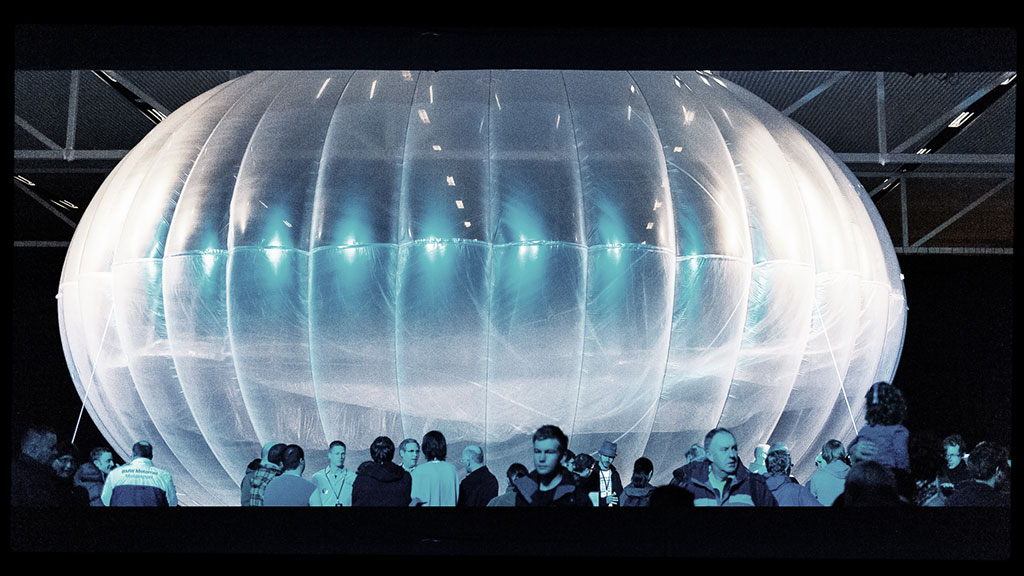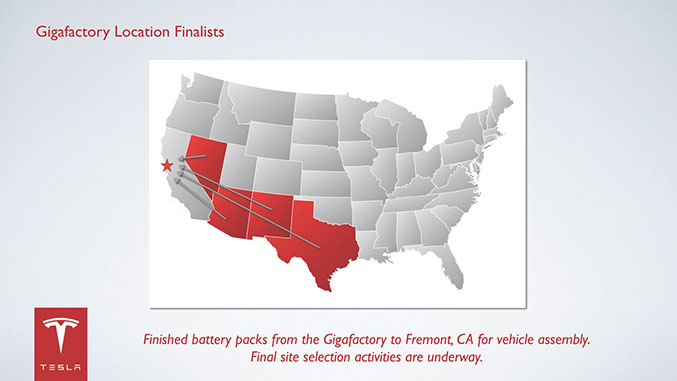In our hectic, half crazed, everything rushed and crammed-to-fit-in life we tend to glaze over some huge comforts that this modern world has provided us. Fact is, there are some things in life we take for granted. Nowadays, the internet is one of those overlooked luxuries. Although we may consider the internet to be a common place convenience, global even, two thirds of this world’s population does not have access to the internet. Two thirds. Please, let that soak in for a moment.
So then, the questions we naturally ask ourselves are -how do we fix that? What’s next? Well, “what’s next” is something big. It’s an attempt to bring the power of the internet to some of the farthest reaches of the world. This project, developed by Google, is called Loon and there’s already a plan in motion. What is “Project Loon” exactly? Project Loon is a ring of high flying balloons, launching from New Zealand. These are not, however, your average balloons. There are high-tech balloons flying at least twice as high as commercial airplanes. The balloons are operated by wind and solar power. Project Loon balloons float up into the stratosphere. The idea being that people can connect to the network on the balloon. The balloons can be steered by raising or lowering them to a specific altitude that has winds traveling in the desired direction. People are then able to connect to the network that is provided on the balloons using specific internet antenna attached to buildings.
The hope is that because the balloons will be traveling in the stratosphere -they will be somewhat easier to manage. Stratosphere winds are slow moving (5-20mph) and steady. Moving within the wind allows the balloons to be arranged into one large communication network.
The Specs:
Balloon envelopes are made of polyethylene plastic sheets
Envelopes stand 15 meters wide by 12 meters tall when inflated
These are long lasting weather balloons
They can withstand higher pressure
They have a parachute attached to the top of the envelope
Parachute controls descent and landing
Each balloon provides a diameter of 40km of connectivity
Connectivity speeds comparable to 3G
Use antennas for communication
Uses ISM bands
Unit is powered by solar panels
100 watts of power in full sun
Battery power used for night
Project Loon has a limitless amount of potential benefit. This project could be the key to helping countries in countless ways including: education, communications, recovery following natural disasters, climate mapping, conservation projects, health, economic development, and so, so, so very much more. Just think of the impact the internet has had right here -in an already developed country. Imagine the possibilities in bringing this capability to the other two thirds of the world.
Project Loon has taken a technical and unconventional project and merged that idea with a solution that includes some adventure. In one project we hold the thrill and mystery of the unknown and a huge technological push. This project is, quite literally, getting out into the world and attempting a huge change. I look forward to seeing what happens next. I’ll be following Loon’s journey and the outcomes of their venture. Check back often for updates on Project Loon. What do you think? What are the risks involved and what do you think the outcome will be? Let’s start a discussion on this amazing journey.
Read More About Project Loon: Here
Image Credit: http://www.google.com/loon





